Colours of Ancient Mexico
While in Mexico with two artist friends, we visited the Cathedral complex in the centre of Cuernavaca, capital of the state of Morelos, 90 km south of Mexico City. The Cathedral complex consists of a walled compound with the main church, the cloister and several chapels. The complex began in 1529 and was built by Spaniards, with large, tall and thick walls with merlons to ensure the defense of the Cathedral complex.
One such wall on the northern side of the complex caught my attention as it revealed odd shapes in red and yellow ochre, emerging from the stone, weathered by wind and rain. Large black patches on the pale stone accentuated the images. My camera captured many peculiar “creatures” hidden in the stone.
Back in my studio, I attempted to reanimate these mythical creatures and reveal the secrets that they witnessed while buried in this old wall of Cuernavaca. I used layers of pumice texture on wood to shape the walls and then painted with a palette of colours reminiscent of the site.
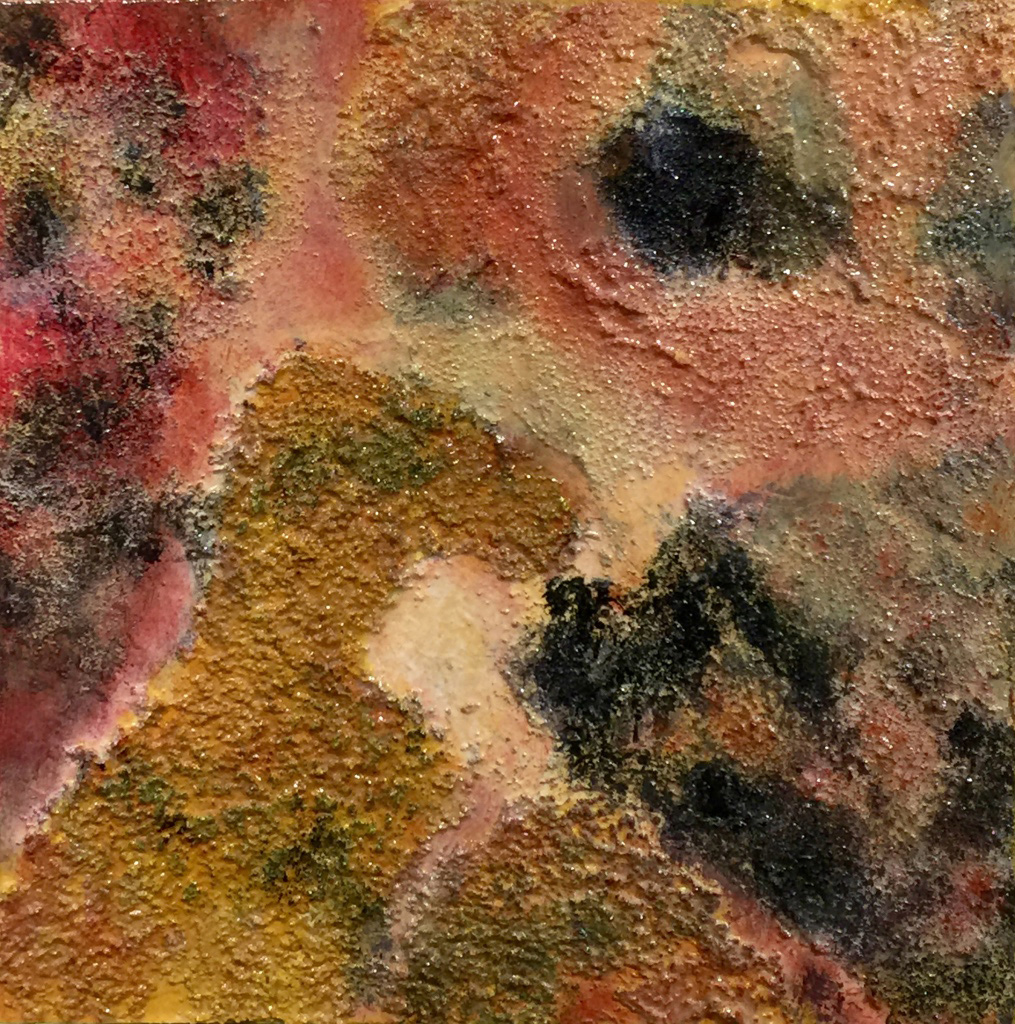
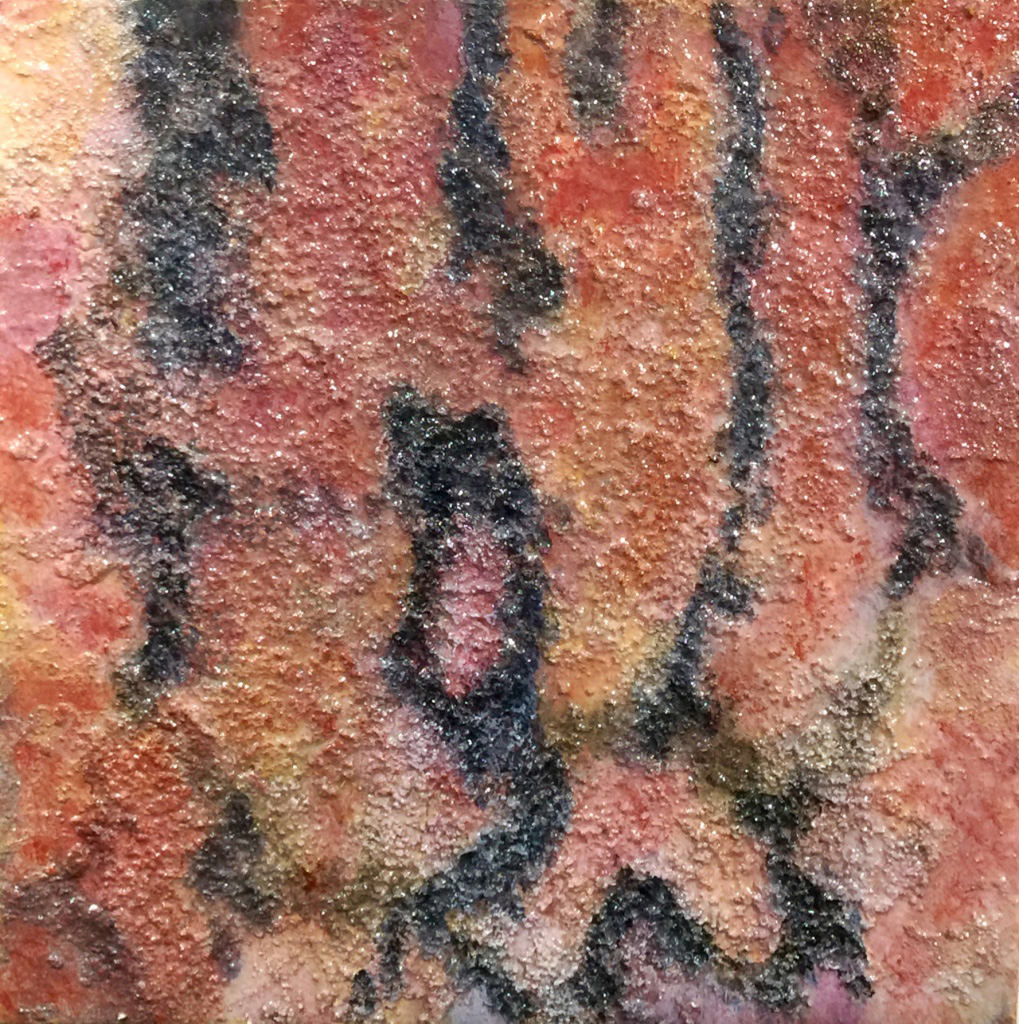




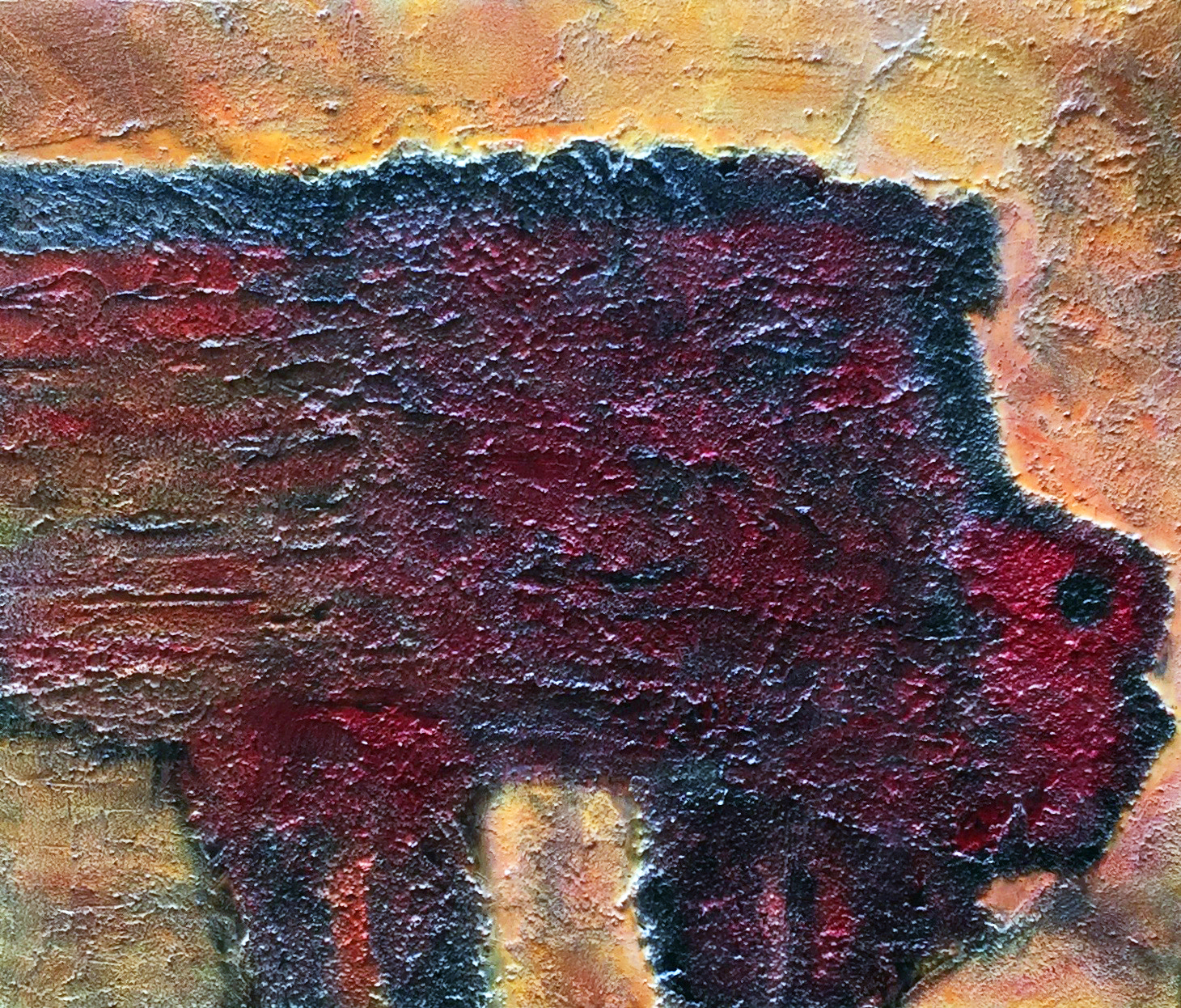
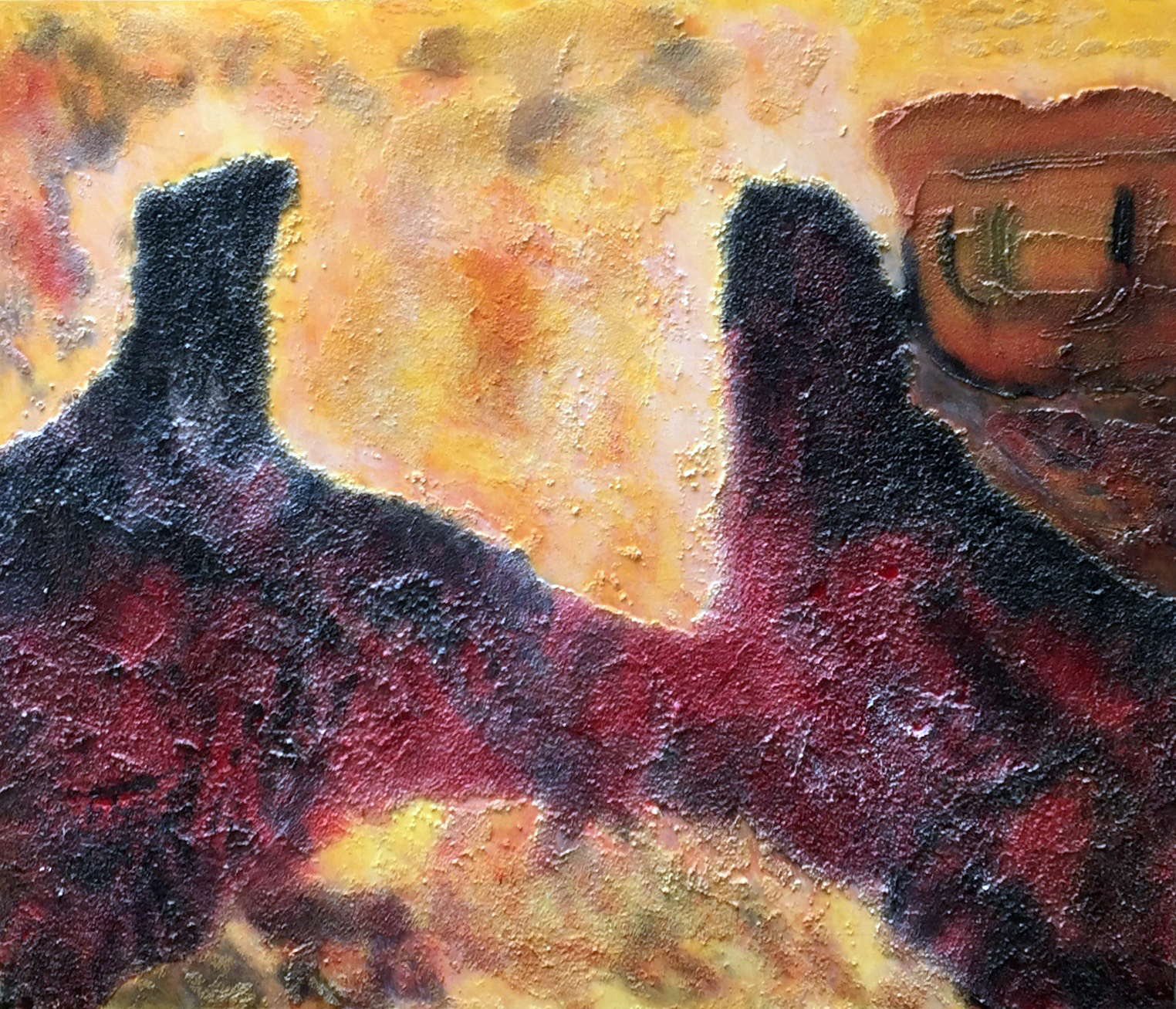
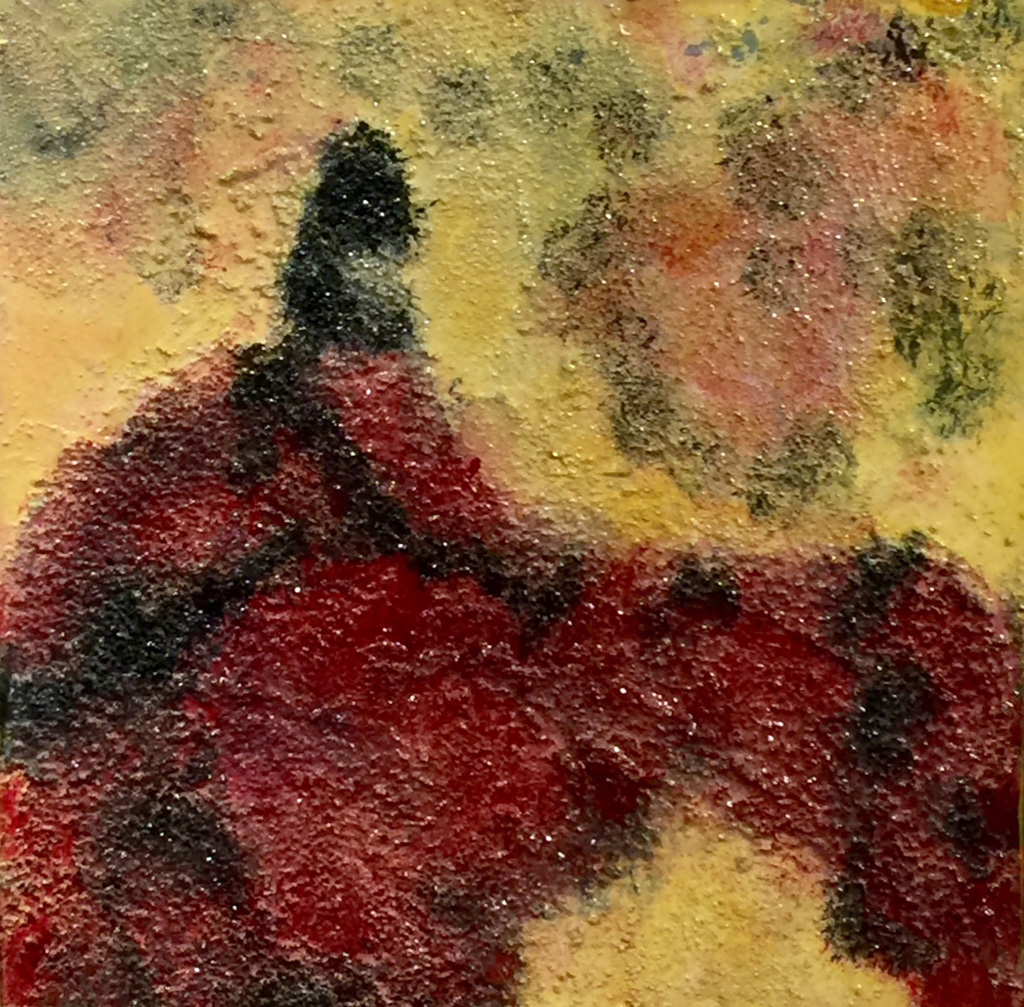
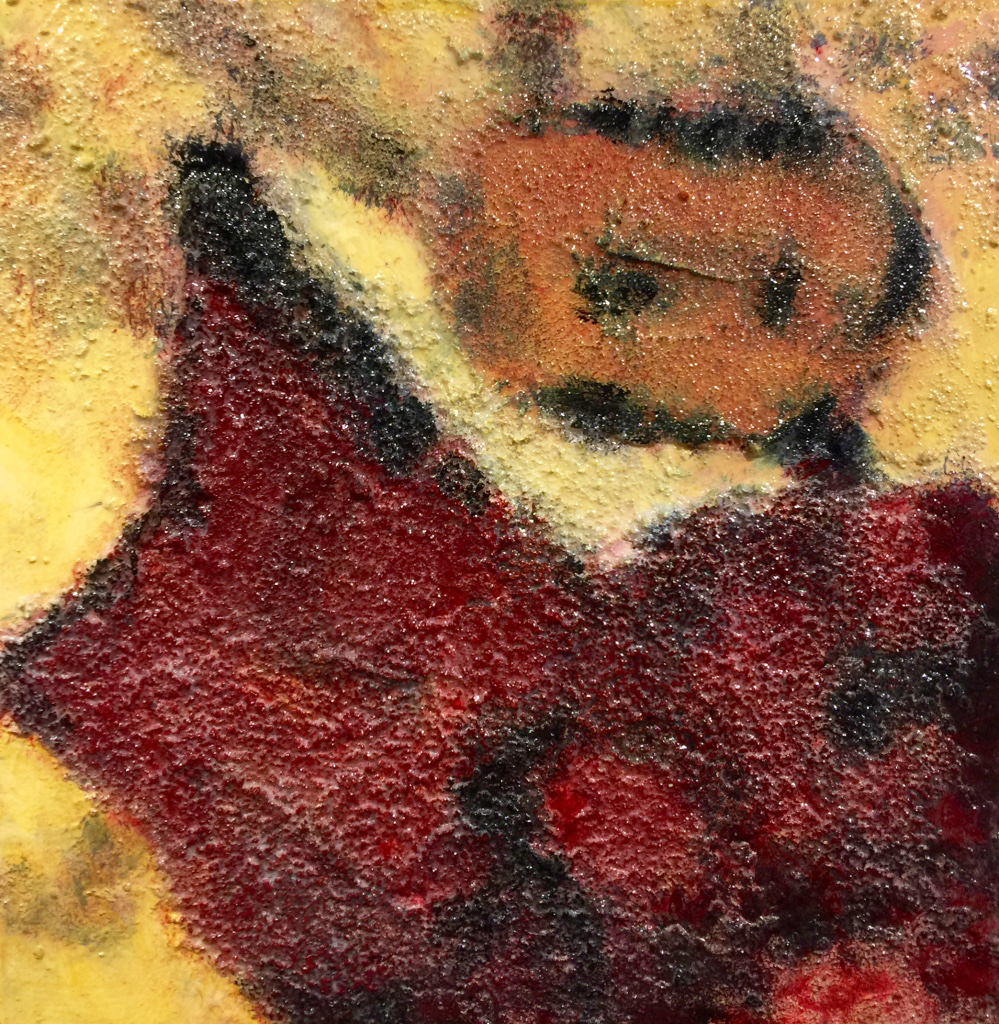
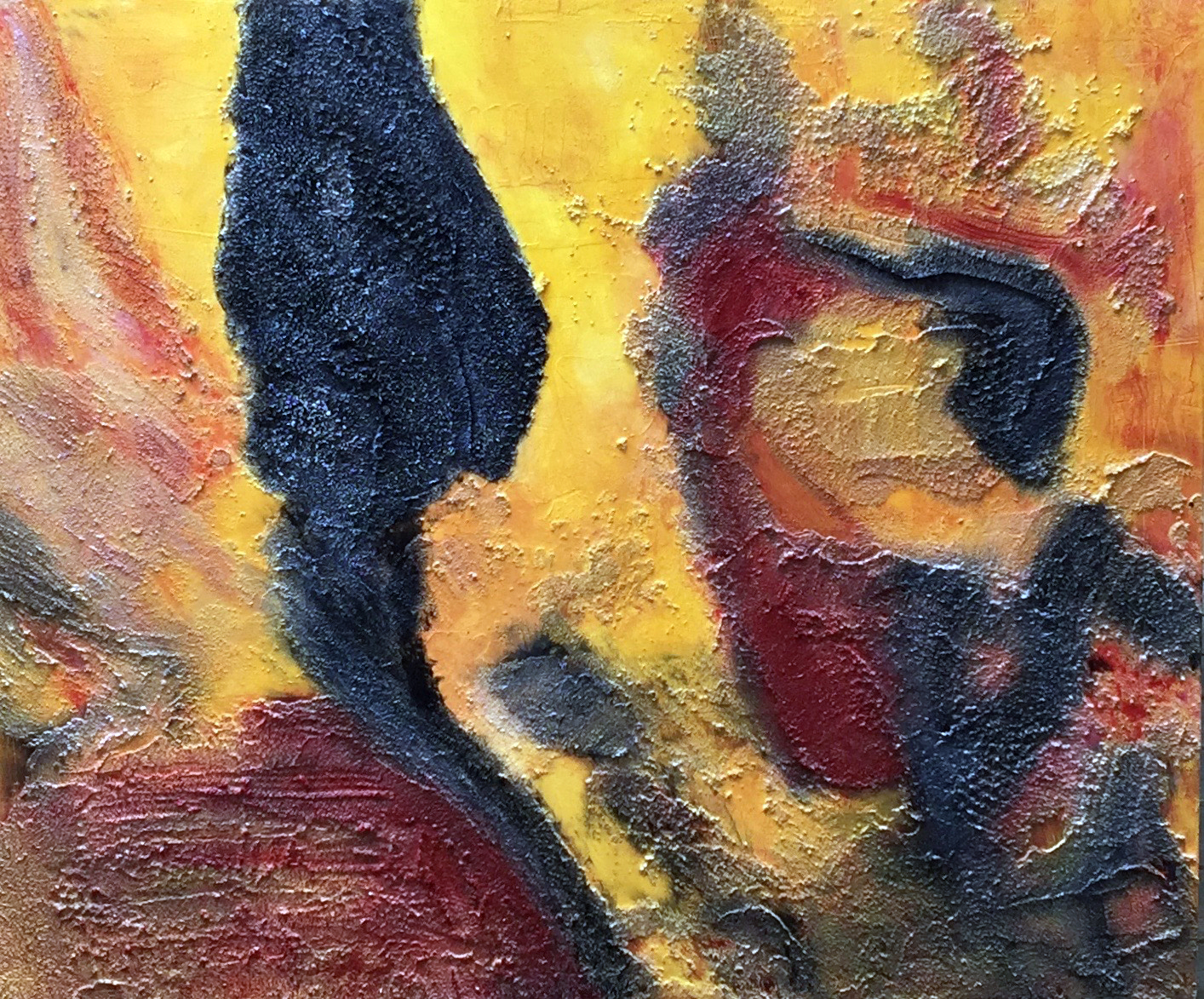
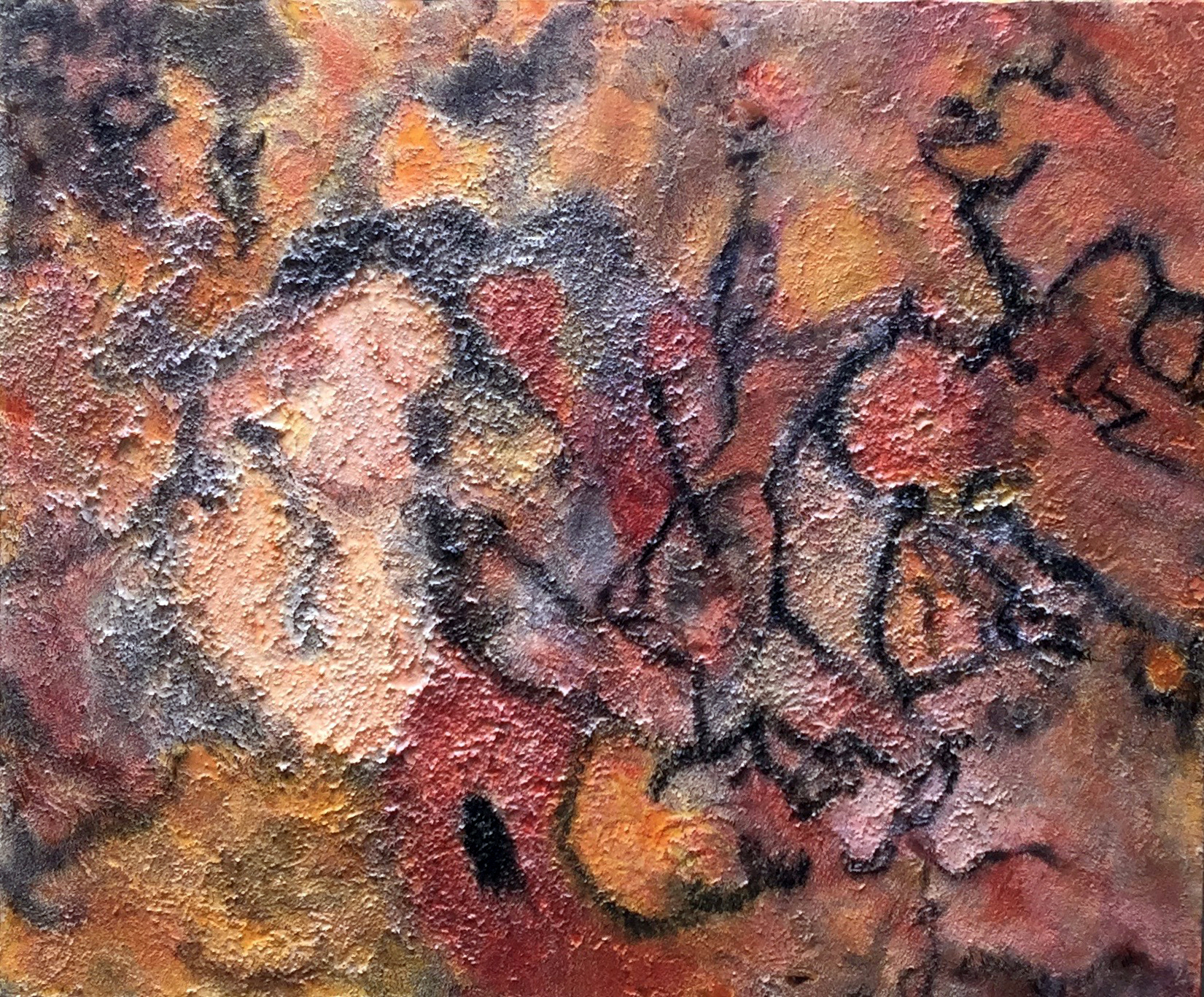


We also visited Teotihuacán, a UNESCO world heritage site since 1987, that was established around 100BC. It is located 40 km northeast of Mexico City. It became the largest city in pre-Columbian Americas and a religious centre in the Mexican Highlands. The pyramids of the Sun and of the Moon, which dominate the site were places of ritual, built according to precise astronomical measurements and filled with bodies of sacrificed victims.
Apart from the Pyramids, Teotihuacán also contained multi-family residential compounds, built on either side of the Avenue of the Dead, to house the large population. The more affluent homes were typically made of plaster, each wall decorated with murals. The ancient city was abandoned centuries before the arrival of the Aztecs.
Of great interest to me were these housing complexes still visible on both sides of the Avenue of the Dead. Particularly fascinating were the remnants of the decorated plaster walls that showed large patches of red and yellow ochre, next to faded sections on the whitish stone. The erosion created with time unusual and abstract shapes of polychrome that triggered my imagination. The images became the inspiration for four long narrow paintings representing the ancient walls of these homes, where life was thriving 1000-1500 years ago.



